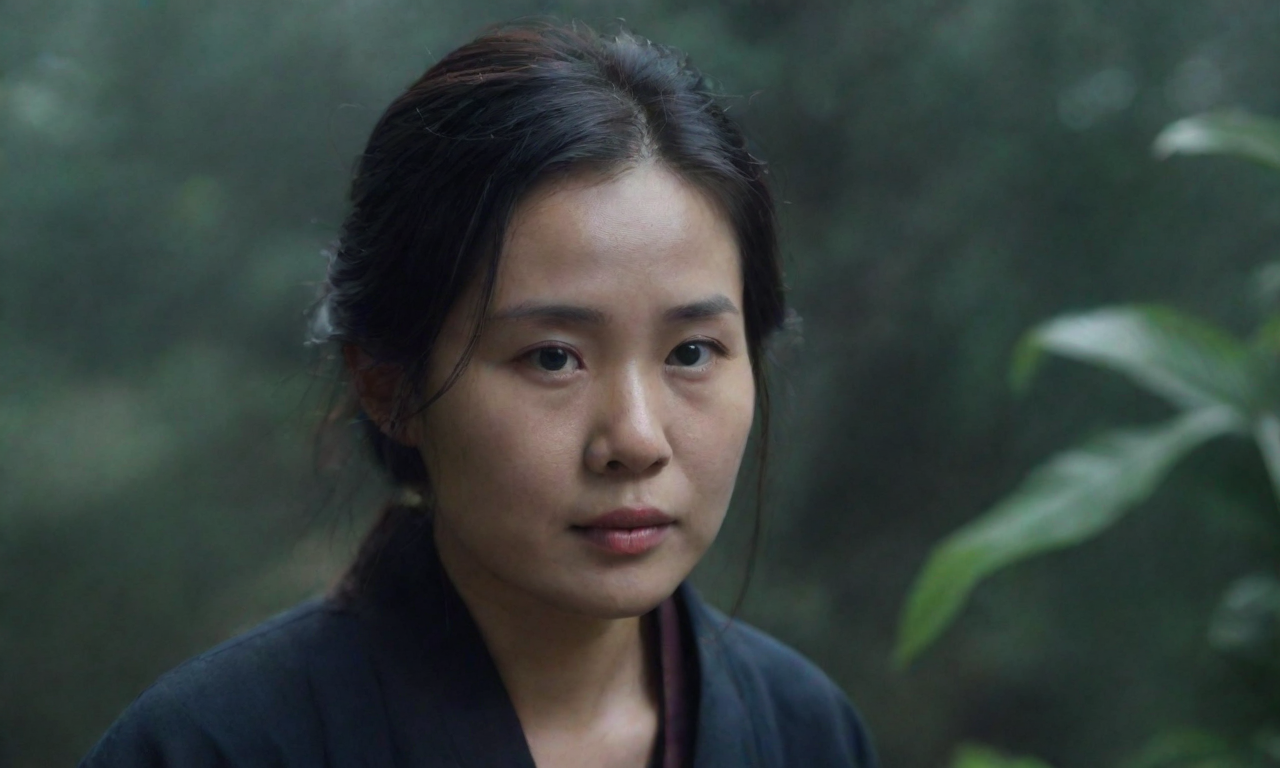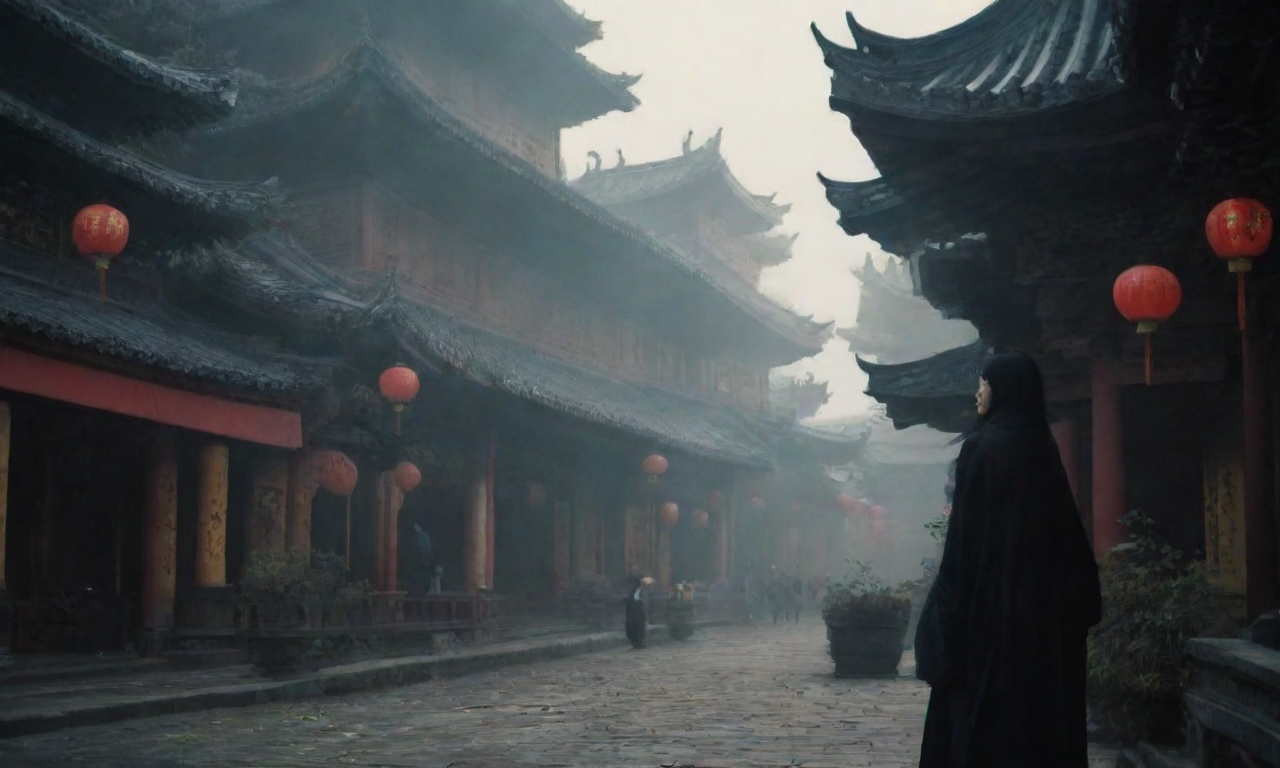Compiled by | Li Mu Zi
Herculaneum Scrolls. Image source: Vesuvius Volcano Challenge On February 5th, three students from Egypt, Switzerland, and the United States deciphered the text of a 2,000-year-old charred ancient scroll using Artificial Intelligence (AI) technology, contributing significantly to solving one of archaeology's greatest mysteries. They emerged victorious in the Vesuvius Volcano Challenge and shared a grand prize of $700,000. The Vesuvius Volcano Challenge aims to use modern technology to decode ancient scrolls from the Herculaneum library, which were buried and carbonized by the eruption of Mount Vesuvius in AD 79. The winning entries revealed hundreds of words from over 15 columns of text, accounting for about 5% of the entire scroll's content. The winners trained their machine learning algorithms by scanning the papyrus scroll, thus revealing an unknown philosophical work. This paves the way for AI technology to completely decipher the remaining scrolls. Researchers say this could revolutionize our understanding of the ancient world. This achievement has propelled the typically slow progress of archaeological research. "A dream come true," exclaimed Kenneth Lapatin, the curator of antiquities at the Getty Museum in the United States. The scroll text deciphered by AI discusses the sources of happiness, including music, the taste of carambola, and purple. "This is a historic moment," said Bob Fowler, one of the judges and a classicist at the University of Bristol in the UK. The scroll originates from hundreds of complete papyrus scrolls, excavated in the 18th century from a luxurious Roman villa in Herculaneum, Italy. These carbonized ash blocks are known as the Herculaneum Scrolls. Although preserved, they are too fragile to open. For centuries after these scrolls were discovered, many attempted to open them, thereby destroying some and leaving behind fragments. Papyrologists are still striving to decipher and reconstruct the extremely fragmented text produced. Currently, 280 scrolls are still intact, mostly stored at the National Library of Naples, Italy. For nearly 20 years, Brent Seales, a computer scientist at the University of Kentucky Lexington and co-founder of the award, has been trying to read the hidden text in the scrolls. His team developed software that can "virtually open" scrolls using 3D computed tomography (CT) images. In 2019, he brought two scrolls from the French Academy of Inscriptions and Letters to Oxford, England, for high-resolution scanning using the Diamond Light Source particle accelerator. However, this is a very time-consuming process, and because the density of the carbon-based ink used for writing the scrolls is the same as the density of the papyrus in the CT scans, it cannot be distinguished in the images. Seales and colleagues wondered if a machine learning model could be trained to "open" the scrolls and differentiate the ink. A key innovation emerged last year. At the time, American entrepreneur and physicist Casey Handmer noticed a faint texture in the scans, similar to cracked mud, which he called "cracks." These "cracks" seemed to form the shape of Greek letters. Consequently, Luke Farritor, an undergraduate student in computer science at the University of Nebraska–Lincoln, trained a machine learning algorithm using these "cracks" and eventually deciphered a word—porphyras, meaning "purple." An Egyptian doctoral student, Youssef Nader, followed up with clearer images. Ultimately, the work of Farritor, Nader, and Julian Schilliger, a robotics student at the Swiss Federal Institute of Technology, met all the criteria for the award. "The results are unbelievable, and we were all stunned by the images they showed," said Federica Nicolardi, a papyrologist at the University of Naples Federico II, who, along with colleagues, is analyzing the texts that have been disclosed. "For me, the most exciting thing is not what this scroll says, but that it predicts we will decipher hundreds of scrolls previously considered lost," said Lapatin. China Science Daily (2024-02-07 Edition 2 International) Editor | Zhao LuLayout | Zhi Hai Hold the QR code below for 3 seconds to recognize








